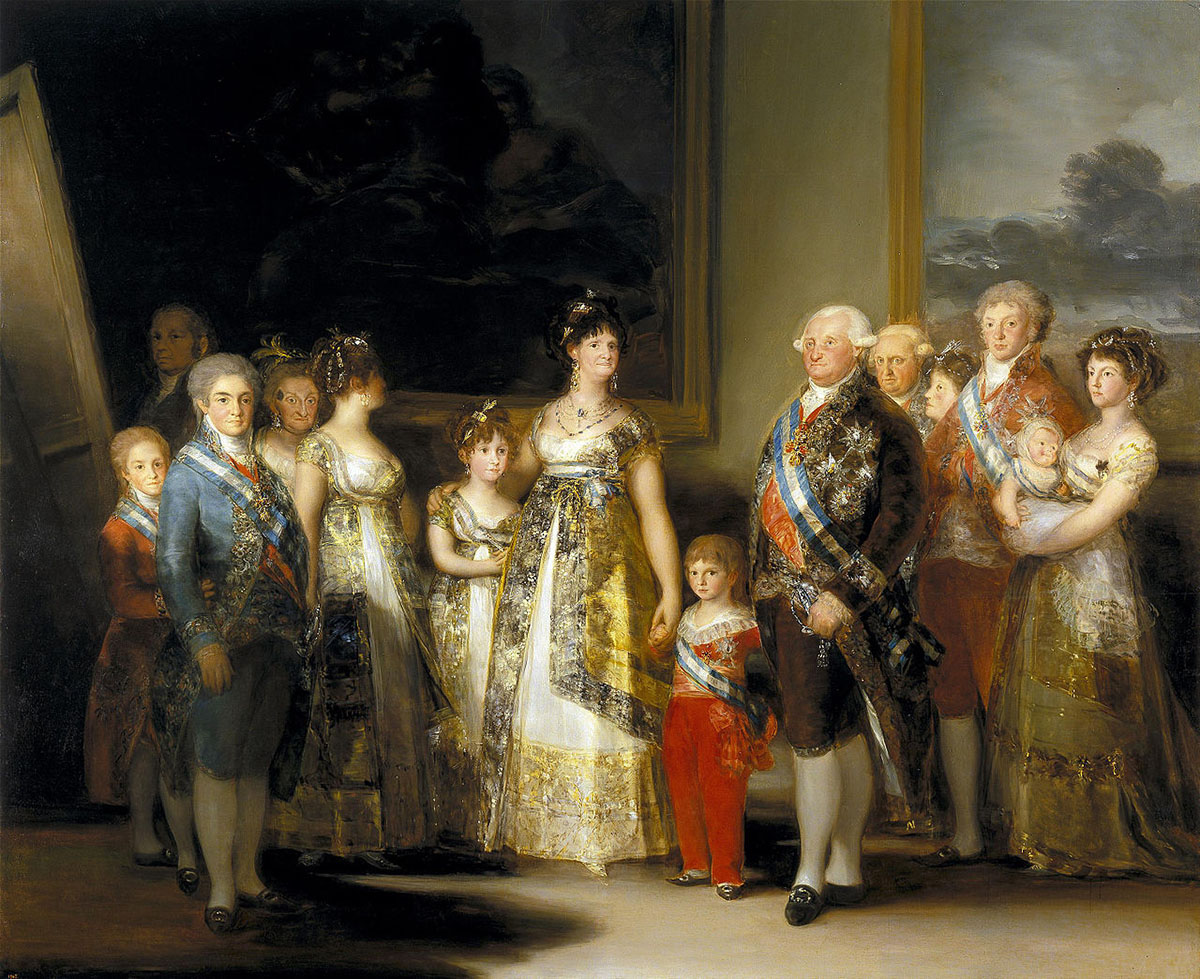



Francisco José de Goya (1746–1828) was a Spanish Romantic painter and printmaker. Considered one of the most important Spanish painters of the 18th and 19th centuries, he regarded as the last of the Old Masters while being the first of the moderns. A chronicler and commentator of his era, Goya achieved immense success in his lifetime.
Goya studied painting from the age of 14 and become the court painter of the Spanish Crown in 1786. Much of his early career is marked by portraits commission by the Spanish elite society. In 1793 he suffered a severe undiagnosed illness that left him deaf, and marks a difference in his style of work. After 1793 his work became darker possibly reflecting a bleak outlook on life despite being able to climb the social ranks. He became the Director of the Royal Academy in 1795, and in 1799 he achieved the highest rank possible for a Spanish court painter. Staying in Madrid during the Peninsular war, seemed to have a deep affect on Goya. His works after the event infer that he feared for his country’s and personal fate. This all comes to a culmination with the famous “Black Paintings”, completed from 1819–1823. After a stroke that left him paralyzed on his right side, he died in April 1828.
Charles IV of Spain and His Family, 1800 / TheThird of May, 1808 / The Sleep of Reason Produces Monsters, c.1797



